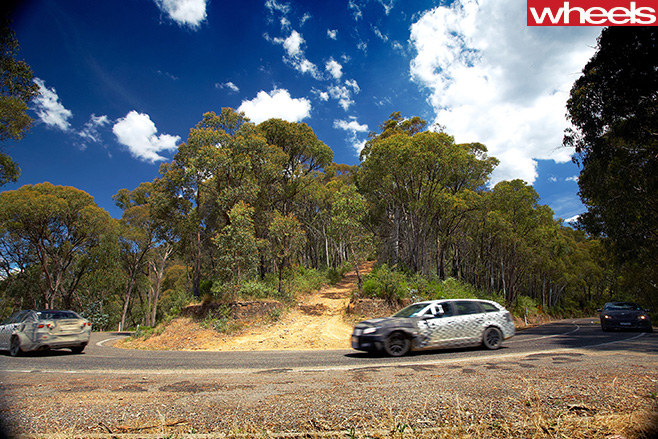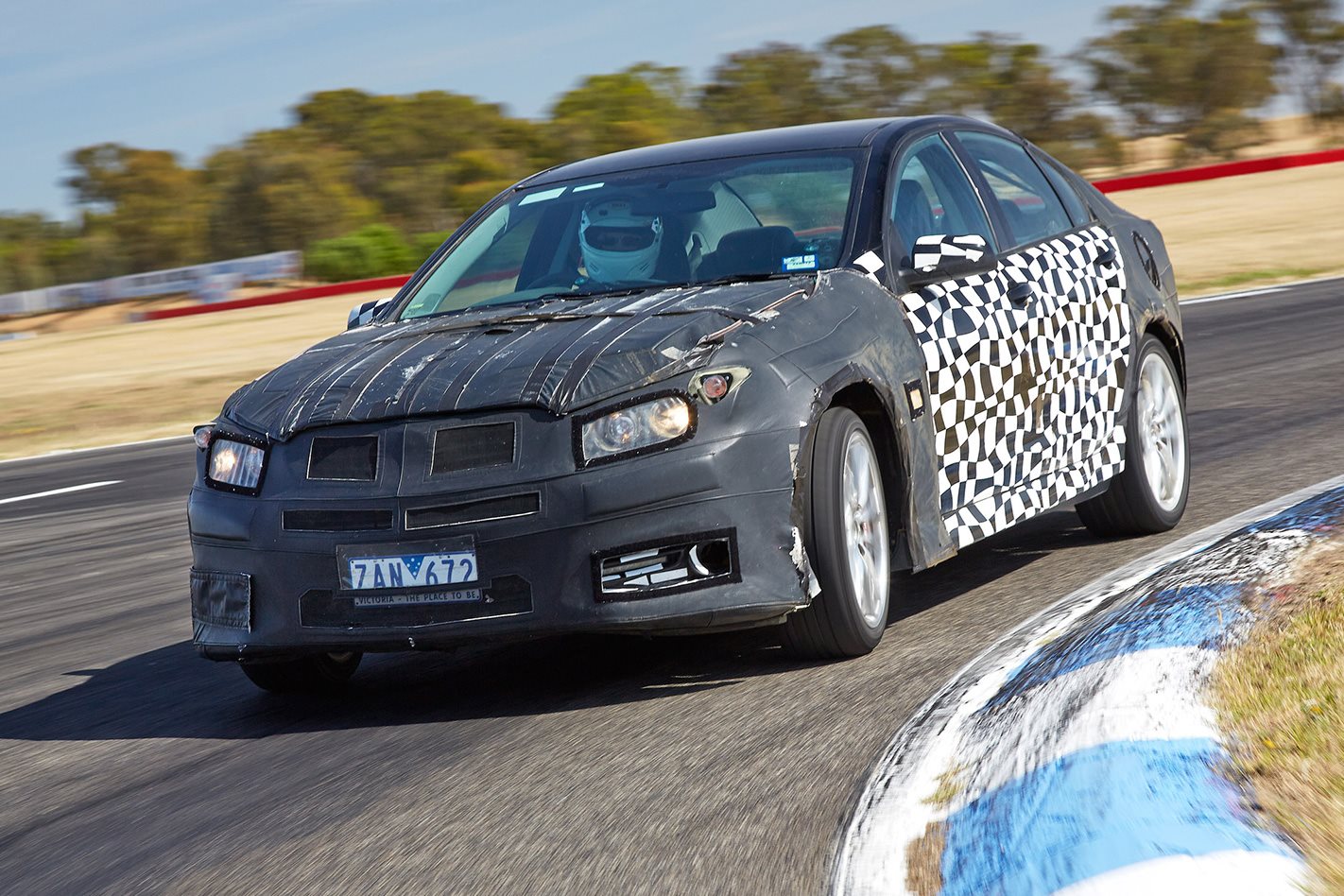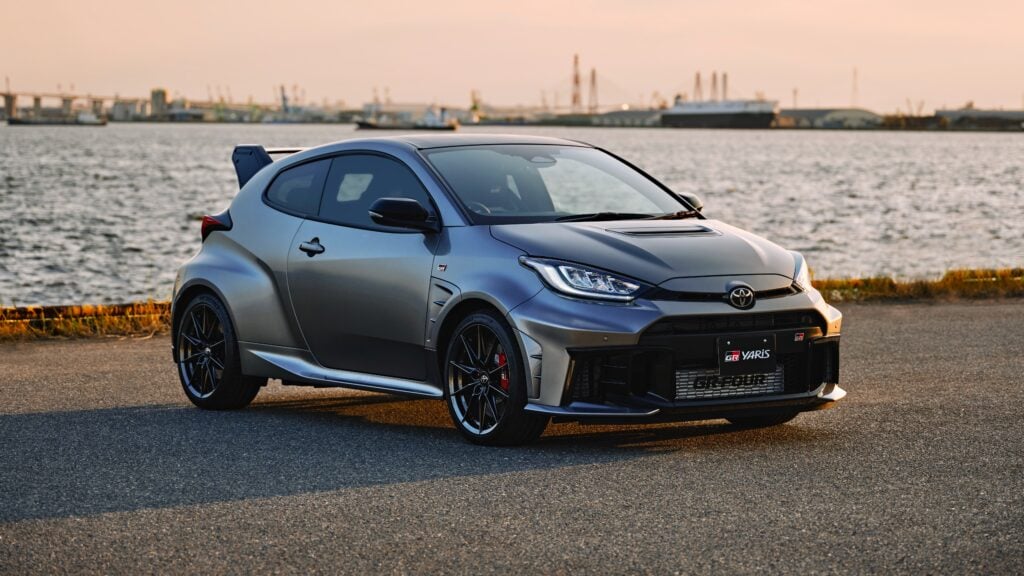Holden’s reduced engineering team is set to ramp up its local development of imported models – and the new Holden Spark is an example of the impact it can have here.
Not all models will get the local engineering treatment – it’s understood Holden is happy with the European tune for the upcoming new Astra, for example – but others are ripe for development.
One expected to be revised for Australian conditions is the upcoming new Holden Colorado ute and its seven-seat SUV offshoot. The Cruze small car – which will sell alongside the hatch-only Holden Astra – is also likely to get Australian suspension revisions.
“That’s one of the key reasons we retained the proving ground is being able to tune cars to Australian tastes and conditions,” said a Holden spokesman.
The outgoing Holden Spark (called Barina Spark) saw zero involvement from the men who make Holdens handle, and it was painfully obvious in the driving.

Vehicle development manager, Jeremy Tassone, admits the outgoing car was underdone, and his team would not make the same mistake twice.
“This new car needed to be really good to drive,” he told Wheels. “Yes, it’s primarily a city car, but we had to also make sure it was capable and confident on country roads. We know the target market are not boy racers; we know no one is going to go rallying in it, but it still had to be properly engaging to drive.”
Holden was involved in the initial development of the platform, and was able to choose from a ‘menu’ of bushes, anti-roll bars, and springs. Dampers, electric power steering (EPS) tuning, and ESC calibration were the key areas Holden worked on locally.
“Our process starts with [vehicle dynamics engineer] Rob Trubiani pounding a prototype around Lang Lang,” said Tassone. “He’ll make a list of key areas he thinks need addressing, then myself and other members of the team will do our evaluations and we compare notes. From there, damper development can start. The supplier sends us a set of fully rebuildable and tuneable dampers which allows us to experiment with valves and flow rates and so on, and test both on the car and on a suspension dyno. Once we’ve arrived at a tune, that specification is provided to the supplier, and a sealed set is sent to us, which are ideally close to final production spec.”

Then comes tuning of the EPS, which is done with a software engineer from the supplier. “We wanted more on-centre feel, and better weighting at speed,” said Tassone. “Better damping, too, but that’s a careful balancing act, because more damping can start to rob road feel.” The desired characteristics are arrived at via changes to the system’s software; no hardware changes are involved.
The final element of the dynamics tuning was to the Bosche-supplied ESC system. “Again, we wanted a very progressive, non-invasive tune to the ESC. There’s nothing worse than a system that intervenes too suddenly, then takes too long to release,” said Tassone. “After a long run of testing and calibration work, Bosche was able to supply that.”
Holden’s team was also able to have an influence in the NVH performance of the new Spark, but not in the more predictable realm of sound-deadening materials or drivetrain mounting hardware. Instead, the team was able to specify thicker glass to better insulate the interior from both road noise, and ambient noise from heavy vehicles and the like.
The proof is the driving. Finally, Holden’s entry-level micro car is no-one’s fool.






